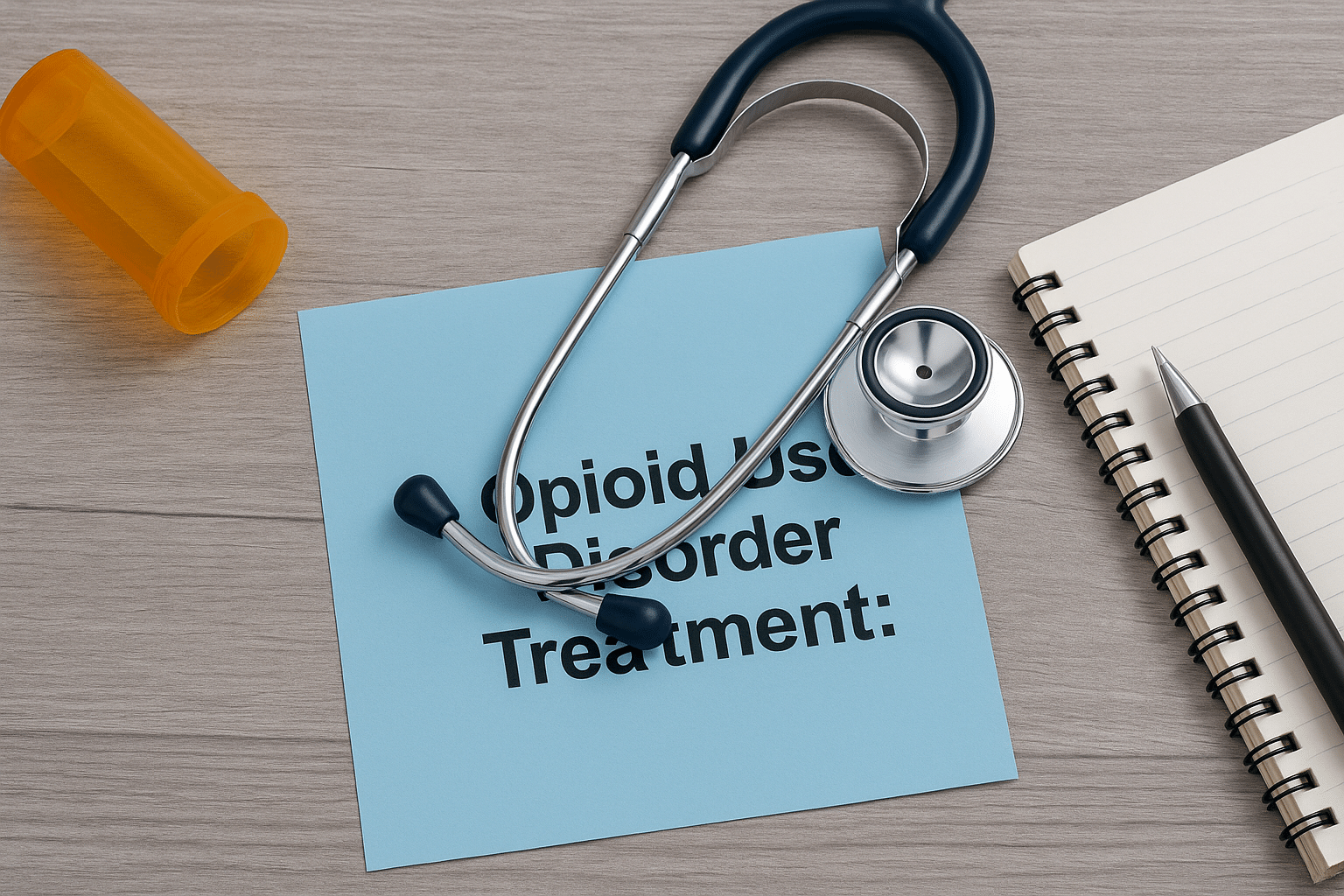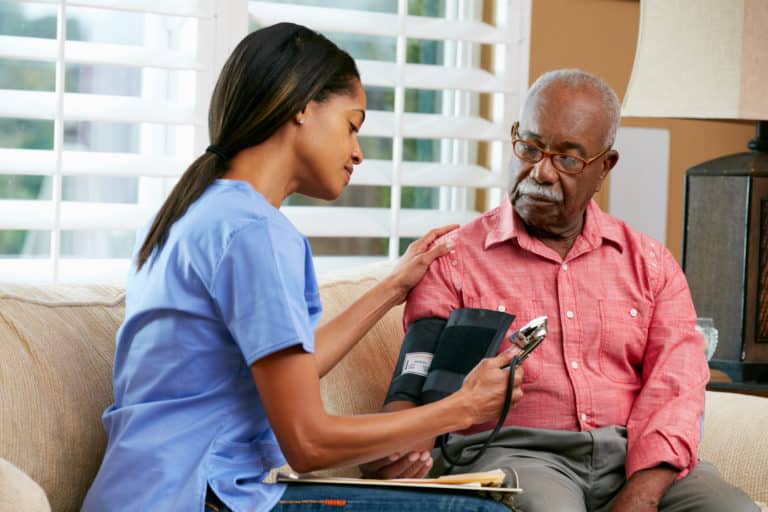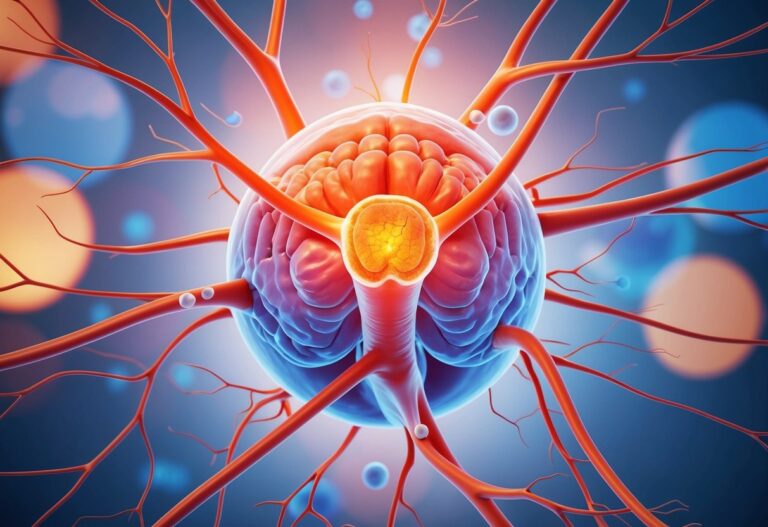Opioid use disorder treatment is a vital pathway to recovery—and could save your life. This guide offers clear insight into recognized medical treatments for OUD.
Understanding Opioid Use Disorder (OUD)
OUD is a chronic, treatable mental health condition marked by a persistent pattern of opioid abuse—prescription drugs or heroin—that disrupts daily life.
Severity can range from mild to severe, with serious risks like overdose, relapse, and death if unmanaged. Anyone can develop OUD—statistics show between 3.7% of U.S. adults needed treatment in 2022, yet only 25% received appropriate medication.
Goals of Treatment
Treatment aims to both prevent overdose fatalities and restore health and social functioning, with evidence-based strategies backed by research. Recovery is a journey, not a cure—ongoing management is key.
Medications for Opioid Use Disorder (MOUD)
The heart of OUD treatment is MOUD, using FDA-approved medications shown to cut overdose risks:
- Buprenorphine (often with Naloxone)
- A partial opioid agonist that eases withdrawal and cravings, while naloxone deters misuse.
- Available in office settings—no special clinics needed.
- Methadone
- A full opioid agonist prescribed daily at certified clinics, easing withdrawal and preventing cravings.
- Naltrexone (Extended‑Release Injectable)
- Blocks opioid receptors and reduces cravings, administered monthly (“Vivitrol”).
- Requires full detox before starting, but isn’t a controlled substance.
These medications significantly lower mortality risk—buprenorphine and methadone by about half. Detox alone, without MOUD, is discouraged due to high relapse and overdose rates.
Therapy & Support Services
Medication works best when combined with counseling and behavioral therapy. Psychotherapies like CBT strengthen coping skills, while peer groups and family therapy build vital support systems. Recovery may also include residential programs, intensive outpatient care, or community-based services.
Accessing Treatment
As a chronic illness, OUD benefits from integrated, long-term care. MOUD is available through:
- Office-based clinics (buprenorphine, naltrexone)
- Certified treatment programs (methadone or buprenorphine)
Healthcare providers, public health officials, and community programs should collaborate to ensure prompt MOUD access.
Gaps in Care & Why MOUD Matters
Despite its proven benefits, MOUD is underused: in 2022, only 25% of Americans with OUD received it. Many received non-medication treatments or none at all. Expanding awareness and access is crucial to reducing death rates.
What You Can Do
If you or a loved one might have OUD, here’s a step-by-step plan:
- Get evaluated promptly by a trusted medical professional.
- Ask about MOUD options: buprenorphine, methadone, naltrexone.
- Engage in therapy and peer support—counseling boosts success.
- Carry naloxone, an overdose rescue medication, for emergencies (available via prescription at pharmacies).
- Stay engaged long-term—OUD is manageable with continuous care.
Final Take
Opioid use disorder treatment today follows evidence-based protocols that significantly lower overdose deaths and rebuild lives. With MOUD (like buprenorphine, methadone, naltrexone), therapy, and real-world support, recovery is attainable—even for a chronic and complex condition like OUD. If you suspect OUD, early action could be life-changing—or life-saving.
This article is for informational purposes only and does not constitute medical advice, diagnosis, or treatment. Always seek the advice of a qualified healthcare provider with any questions you may have regarding a medical condition or treatment options. Never disregard professional medical advice or delay seeking it because of something you have read here. If you or someone you know is experiencing a medical emergency, call 911 immediately.








